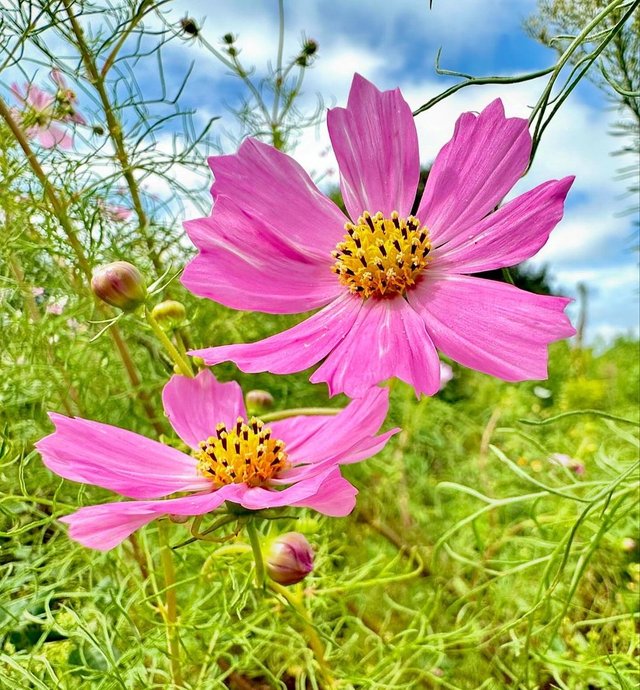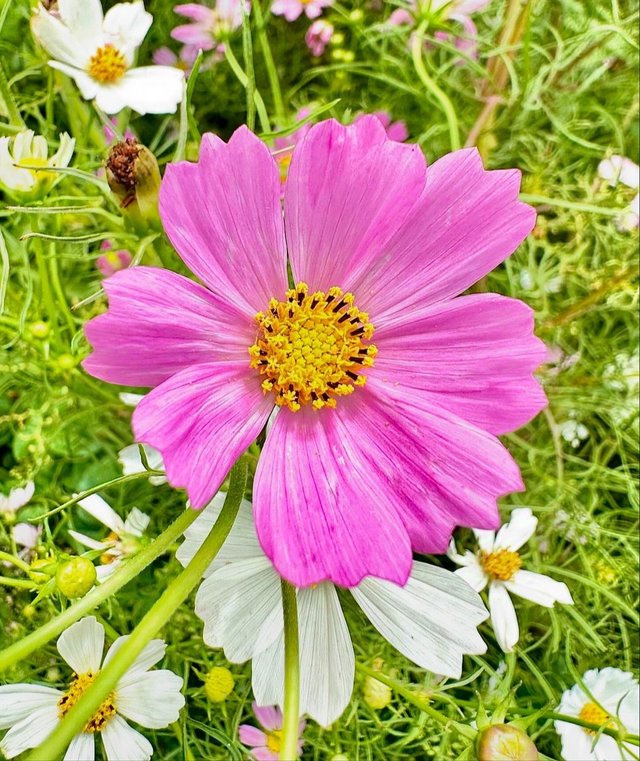The Garden Cosmos, often referred to simply as Cosmos, is a captivating flowering plant that has won the hearts of gardeners and flower enthusiasts alike for its delicate beauty, ease of growth, and the ability to attract beneficial pollinators. Belonging to the Asteraceae family, the Cosmos genus consists of numerous species, but two of the most common in gardens are Cosmos bipinnatus and Cosmos sulphureus.
In this post, we’ll take a deep dive into the world of Garden Cosmos, exploring its history, varieties, cultivation techniques, and its role in creating a vibrant, pollinator-friendly garden.
A Brief History and Origin of Cosmos
Cosmos flowers are native to the scrublands of Mexico and the southwestern United States, where they grow in wild and semi-arid conditions. In fact, the name “Cosmos” is derived from the Greek word "kosmos," meaning “order” or “harmony,” which reflects the plant’s even, balanced arrangement of petals and overall structure.
Spanish missionaries were some of the first to cultivate Cosmos in gardens, bringing the plants from their native Mexico into Europe during the 16th century. From there, Cosmos gained widespread popularity and made its way into gardens around the world, admired for its simplicity and vivid colors.
Cosmos Varieties
There are several species of Cosmos that are commonly grown in gardens. Each offers something unique in terms of color, height, and garden aesthetics.




Thanks For Reading
Device Information
| Device | Redmi Note 10 Pro |
|---|---|
| Lens | 64 mp |
| Location | Bangladesh |
